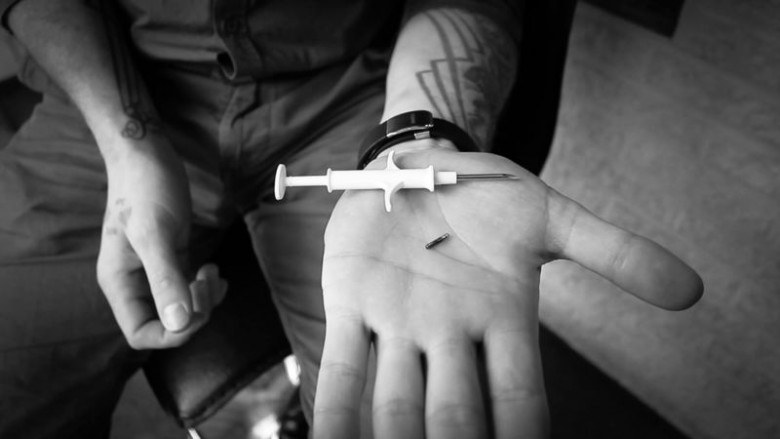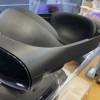A practical guide to microchip implants
When Wisconsin-based tech company Three Square Market offered to pay for its employees to be voluntarily microchipped last summer, the Internet was aghast. But just days before the so-called “chip party” at the 3SM company headquarters, people at the DEFCON hacking conference were eagerly lining up and paying to get microchip implants injected into the subdermal fascia between their thumbs and forefingers.
This juxtaposition begs the question: are these chip implants a step toward an invasive dystopian future where employers track their subjects’ every movement? Or are they simply an easy way to log in to accounts and open doors with the flick of a wrist? With a small but growing number of chipped individuals (between 50,000 and 100,000 according to estimates from biohacking company Dangerous Things) taking the plunge, society may soon find out.










































































